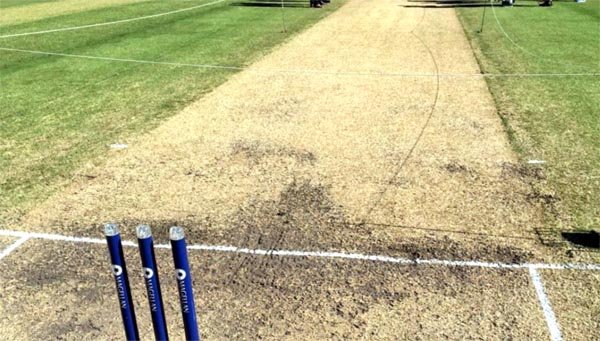New Delhi, July 4 (UNI) A team of Indian scientists has developed an innovative, cost-effective sensor capable of detecting sulfur dioxide (SO2) gas at extremely low concentrations.
SO2, a harmful air pollutant released from vehicles and industrial emissions, is linked to respiratory problems, asthma attacks, and long-term lung damage.
Even brief exposure to SO2 can pose significant health risks, yet detecting the gas before it reaches harmful levels remains a challenge. Real-time monitoring of SO2 levels is critical for safeguarding public health and protecting the environment. However, existing detection technologies are often prohibitively expensive, energy-intensive, or incapable of identifying the gas at trace concentrations.
To address this gap, researchers at the Centre for Nano and Soft Matter Sciences (CeNS) in Bengaluru, an autonomous institution under the Department of Science and Technology (DST), have developed a sensor using a novel combination of metal oxides: nickel oxide (NiO) and neodymium nickelate (NdNiO3).
The sensor was created through a simple synthesis process, where NiO serves as the gas receptor, and NdNiO3 acts as the transducer, efficiently transmitting signals to detect SO2 concentrations as low as 320 parts per billion (ppb)—a sensitivity far exceeding that of many commercial sensors.
The team, led by Dr. S. Angappane, also developed a portable prototype incorporating the sensor for real-time SO2 monitoring. “The prototype is equipped with a user-friendly threshold-based alert system, with visual indicators: green for safe levels, yellow for caution, and red for dangerous levels,” said the researchers.
The straightforward design allows for easy interpretation and action, even by individuals without scientific training.
Compact and lightweight, the sensor is ideal for use in industrial areas, urban environments, and enclosed spaces where continuous air quality monitoring is essential. Its high sensitivity, portability, and intuitive operation provide a practical solution to track and mitigate SO2 pollution, contributing to both public health and environmental safety.
The sensor was developed by Vishnu G. Nath, with significant contributions from Dr. Shalini Tomar, Nikhil N. Rao, Dr. Muhammed Safeer Naduvil Kovilakath, Dr. Neena S. John, Dr. Satadeep Bhattacharjee, and Prof. Seung-Cheol Lee.











